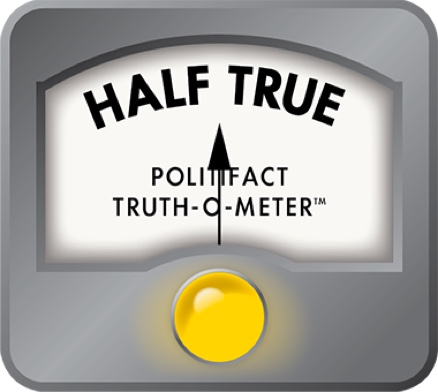A “plurality win" occurs when a candidate wins a race with less than 50% of votes. Our election system [with a few exceptions] elects the candidate with the most votes, even if the majority of voters voted for another candidate. A common occurrence in primary elections, plurality wins can send unpopular party nominees to general elections and allow the few to make decisions for the majority.
120 plurality winners advanced from US House, US Senate, and statewide primary elections in 2022. Many [sought] “safe" seats in November where a primary win is tantamount to election. 43 million people live in jurisdictions where a plurality winner advanced to a safe seat, and will therefore be represented by someone who was effectively elected by a small portion of primary voters. Other plurality winners are advancing to competitive toss-up races without a majority mandate from their own party's voters.
Two states use ranked choice voting (RV) for congressional primaries, ensuring that nominees have broad support from primary voters. RV, a voting system that allows voters to rank candidates in order of preference to produce a majority winner, is a strong solution that other states should consider …


